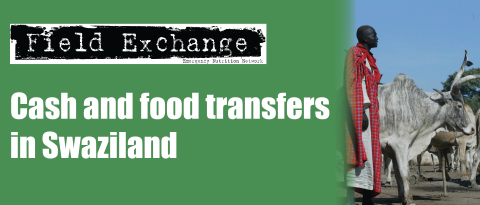New guidelines for livestock emergencies

A shepherd heading goats received in FAO emergency programme in Lebanon
Following the 2005 earthquake in Pakistan, several humanitarian organizations came forward to help households who had lost their livestock to rebuild herds and flocks by providing replacement animals. But most of the animal shelters in the affected areas had been destroyed, and there was also a major shortage of winter feed. Consequently, many of the animals donated failed to survive.
A new set of Livestock Emergency Guidelines and Standards (LEGS) has been developed to help ensure that the livelihoods of vulnerable livestock keepers are protected in future crises. Specifically, the LEGS initiative includes a set of international guidelines, decision support tools and standards for the design, implementation and assessment of livestock interventions on behalf of populations in need of emergency relief.
It will assist specialists in livestock and humanitarian assistance involved in responding to emergencies to identify the most appropriate live-stock interventions in collaboration with local communities and service providers. LEGS addresses three central objectives:
- Providing rapid assistance to crisis-affected populations
- Assisting them to rebuild those assets
- Protecting their livestock assets
LEGS is a cooperative initiative between a number of different institutions and organizations including FAO, Feinstein Centre (Tufts University), The African Union, the International Committee for the Red Cross and Vétérinaires sans frontières (VSF) Europa.
Translation of LEGS into French, Arabic and Spanish and a comprehensive programme of training users of LEGS are being planned.
For further information, to purchase a hard copy or for a free downloadable version, visit www.livestock-emergency.net
Imported from FEX website


